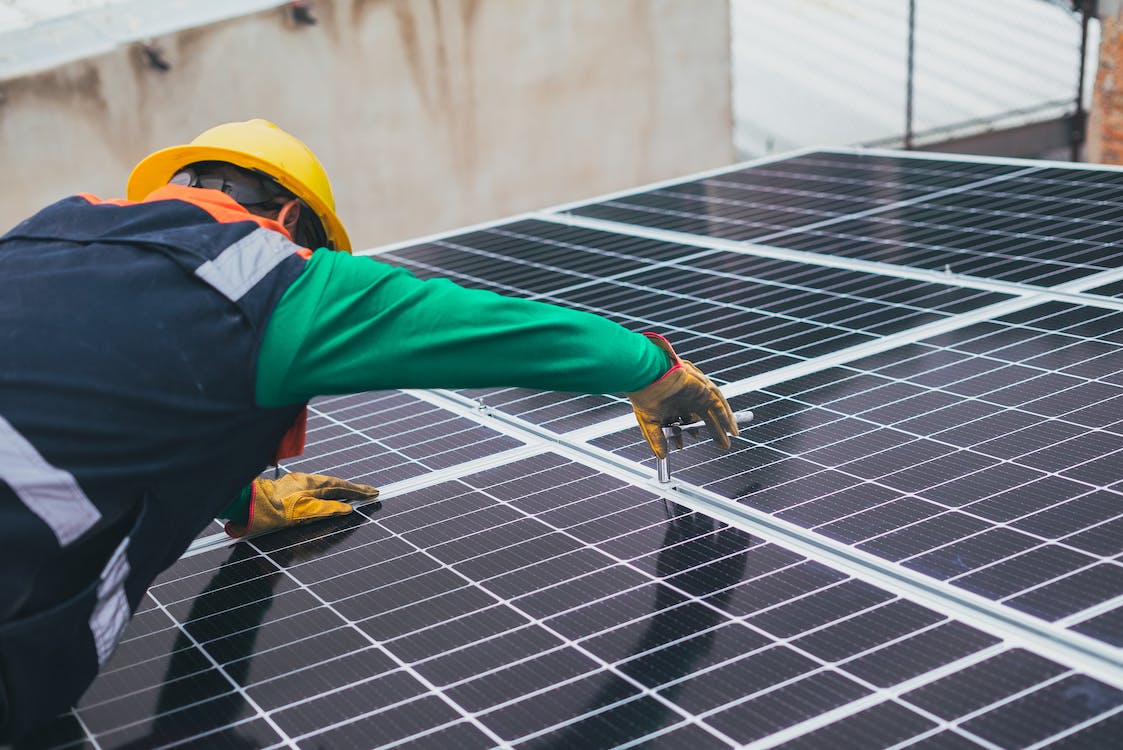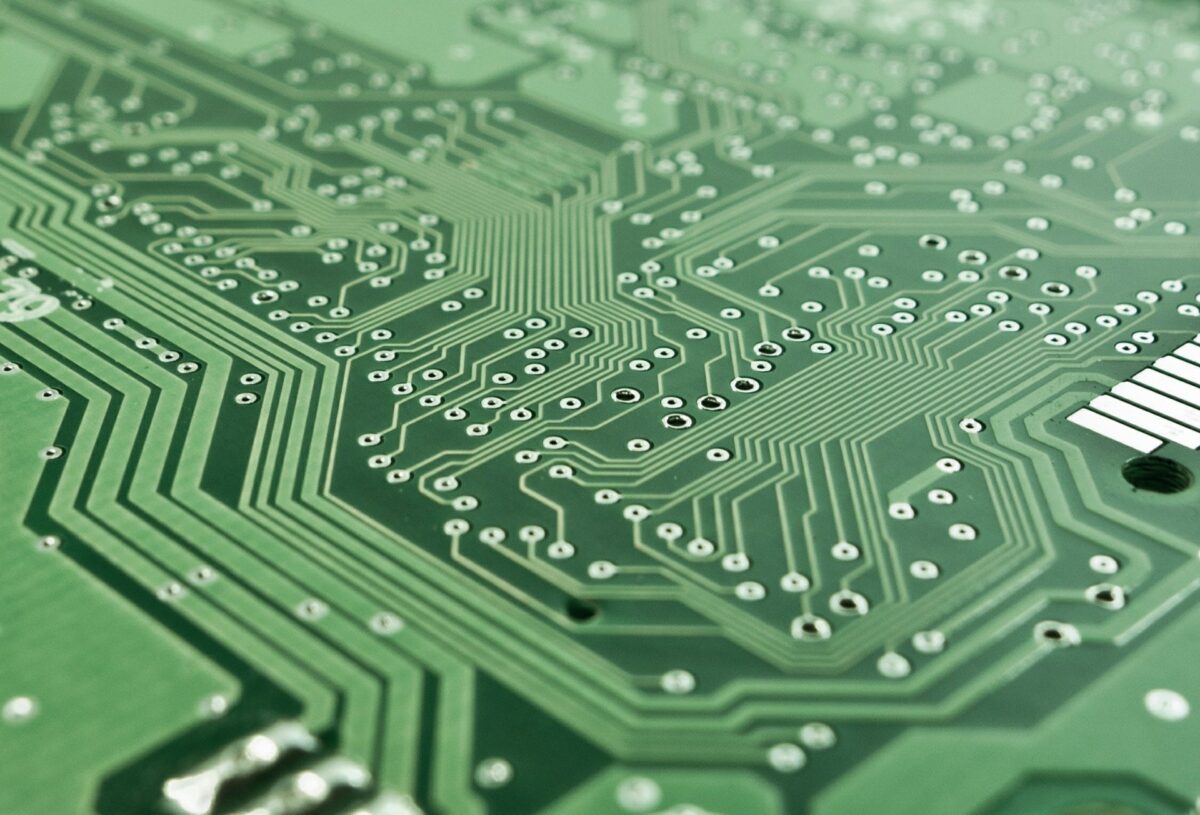US solar industry stalled by goods restrictions
US solar panel installations are expected to decline by almost a quarter due to several restrictions being put in place. Among these, there is a new import ban on products from China’s Xinjiang region, and restrictions on products from companies found to be dodging tariffs.
Some companies were found to be avoiding tariffs by finishing their products in Southeast Asian countries. This led to a ban on importing products from these companies, which was later waived by Biden. Other companies, working in a controversial region of China, were also restricted by the US.
More than 1000 solar energy import shipments have stalled at US ports since new legislation came into effect in June.
The law
The legislation came in just months before the Inflation Reduction Act (IRA) was also signed into law. This Act encourages the use of clean energy technologies against the effects of climate change. Many domestic solar companies hope to benefit from the Act, which allocates almost $400 billion in funding for clean energy.
However, since the restrictions have been announced there’s expected to be delays until late 2023.
Currently, the largest markets for solar technology are utilities and other commercial customers. The residential market is expected to increase by 37%.
Although the restrictions will impede the growth of domestic solar project developers, there are certain reliefs. Only some of the solar panel manufacturers from China have been restricted, so other imports are still available.
Further developments
More recently, though, China has also suggested they would ban the export of its solar panel technology. China controls about 75% of the solar panel industry right now. Even with the current restrictions, this move could have a huge impact on the US.
More than anything, policy-makers and manufacturers in the US are concerned about the time it would take to catch up. The solar industry has been so reliant on Chinese suppliers over the years, it won’t be easy to wean off.
The Biden administration did put a 2-year waiver in place to delay some of the restrictions coming in, but this will not go all the way to avoid delays. Building a single factory to make a material like polysilicon would take a few years. Recreating the entire supply chain could take 4 times as long.
Choose reliability
Whether you’re looking for solar panel components or any other electronic parts, choose Lantek. We have a dedicated sales team on hand to find all of the components you want. Call us today on 1-973-579-8100 or email us at sales@lantekcorp.com. We’ll be waiting!









